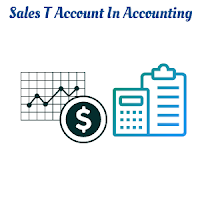Received Cash On Account & For Cash

It is possible that a company received Cas h from its customers for the goods sold to them or it received cash from banks or other financial institutions on account or credit basis for running the business or for other business funding‘s purposes. When Cash is received For Cash When Cash is received , it means we received it either from bank or any other parties. In that case, the Accounting Journal Entry to be record in the Cash Book is shown below: Cash a/c XXX B ank / Other Party’s N ame XXX (Cash Received From B ank or Other Party) When Cash is received from a customer, then it is either a direct revenue ( Sales ) or indirect revenue like Rent Received, Commission received, etc. The journal entry is to record in the cash book of company is shown below:







